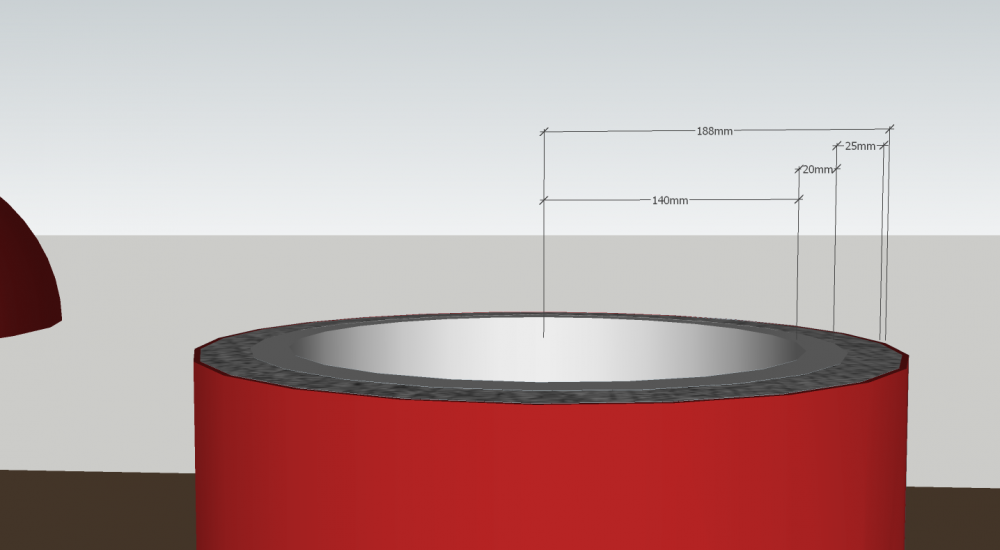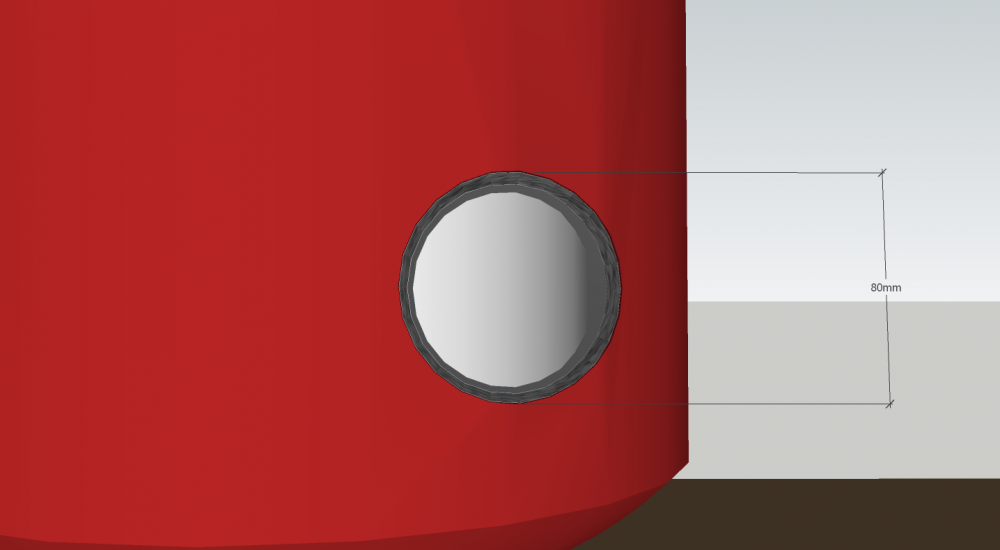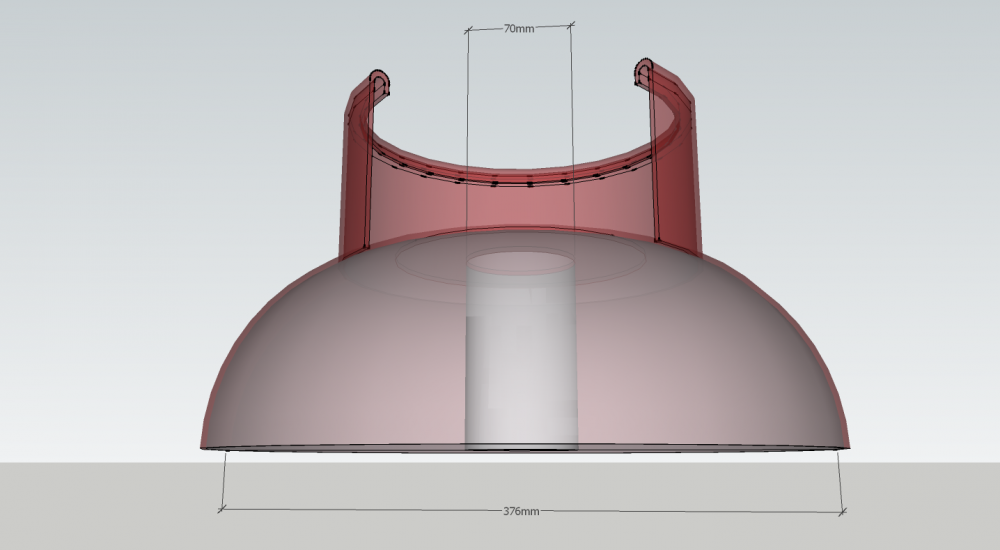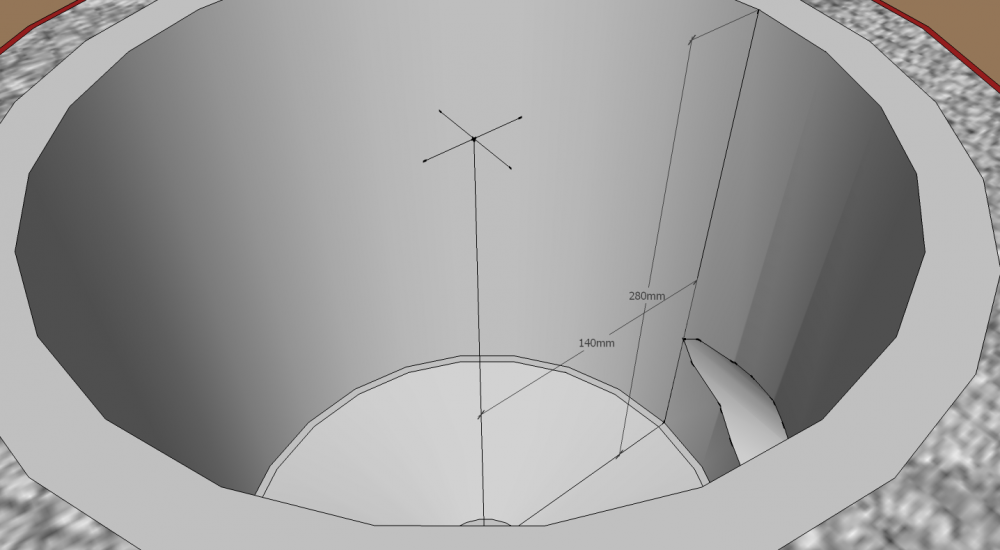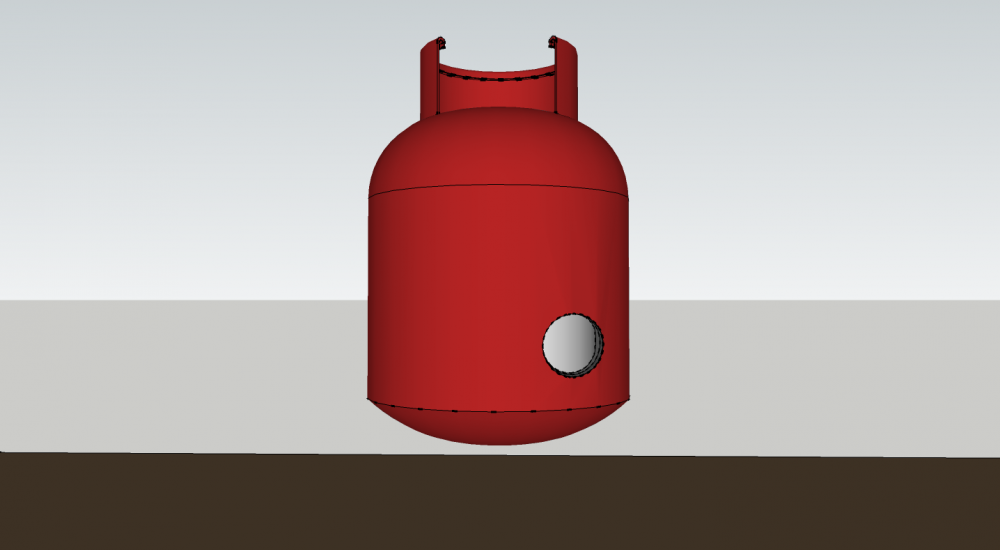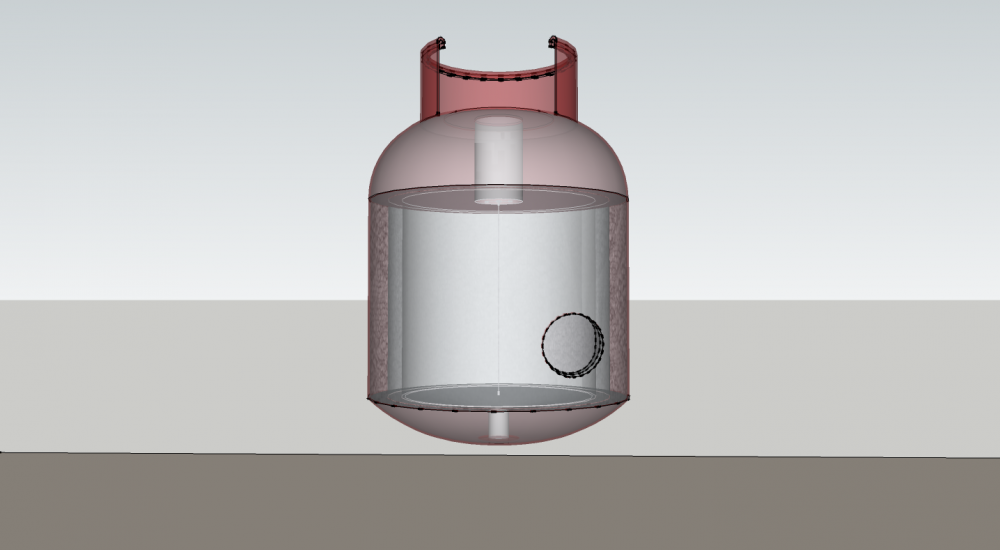-
Posts
5 -
Joined
-
Last visited
Profile Information
-
Location
UK
-
Interests
Mountaineering, Rock Climbing, Mountain Biking, Tinkering and soon Casting!
Recent Profile Visitors
The recent visitors block is disabled and is not being shown to other users.
-
Aluminium, Copper, brass and Bronze.
-
No mentioning but it is there I promise (bottom of the last picture) I also have made up a small sand box which I have been doing all of my pouring over to keep things dry and safe (no pouring over concrete here!) I have been doing small melts using a bucket forge with the same refractory and a garden weed burner as my heat input however I'll be moving towards constructing a gas blower which will be more suited to the job. Many thanks for all the responses so far!
-
I have not, I'll give them a look in.
-
Many thanks for all of the replies here! I didn't run off to compete for the Darwin awards Lurking in the forums here for a while now and I can see why you would be anxious about people who are just wanting to jump into this. Upon more reading I have posted this in the wrong section of the forum as what I am intending to make is a melting foundry as opposed to a forge (although that may end up being a later project). I also understand that each come with their own risks, this particular PDF was highly useful! http://prometheus-foundry.com/The Hobbyist's Guide to Casting Metal--2nd Edition (web).pdf This might be the reason why you thought the dimensions seemed on the large size; I am looking to hold a 0.75L A4 graphite clay crucible in it with the possible option to increase the size of crucible when I am confident at working with smaller volumes of liquid metal. As it turns out the canister is smaller that I had initially thought as well. Attached are some quick digital model images with dimensions of the materials I am working with and what I intend to make them into. Many thanks, Frosty, for your advice about boiler service companies! As it turns out a friend's father works as a boiler-man for a an industrial unit and procured me some ceramic fibre wool which he uses for insulating their industrial boilers. After checking the packaging it seems it's rated to the same 1260 Deg C as the wool I was looking to buy so that saved me some pennies. As I stated in my initial post, the inner hot face will be refractory cement followed by ceramic wool. My process will be to clean the inside of the canister with a wire wheel before using a ceramic wool adhesive to attach the ceramic wool. Once glued in place I'll use a rigidiser solution to stiffen it up before mounting a form on the inside so that I can pour my cement in between the two. The final layer will be one of a zircon paint to help reduce corrosion from any eventual crucible failures. If you have any constructive criticisms about the design they would be most appreciated. (I also bought a tonne of PPE. Looking back it is absolutely ridiculous that the inspiration for this, the kingofrandom, uses none whatsoever...) Once again, many thanks! Seph
-
Good evening ladies and gentlemen! Having read though a few of the previous threads in the gasser subsection I couldn't find information which would improve my understanding of the intricacies of constructing a forge. Ignoring which burner I would construct to heat my forge I was hoping I could list out the materials I would use to construct the forge and learn whether or not the items I intend to buy would work or be a waste of time and money? I aim to build my forge inside of an empty gas canister 500mm in diameter and about 700mm in height. For lining the forge I was going to use a two layer system of ceramic fibre blanket underneath castable refractory cement in order to speed up the heating of the forge and save fuel. I've read in other threads that where people had only used castable refractory it lead to increased heating times and fuel inefficiency while fibre only builds introduced the risks of breathing hazards and damage to the wool from the flame exposure. My only concern is that the fibre that I have singled out (being available by the metre as opposed to buying a whole whopping big roll of the stuff!) has a lower melting temp than my refractory. The temperature limits are 1260degC for the fibre and 1600degC for the cement. Would 25mm of cement be enough to protect the fibre from temperatures in excess of its melting point or would I need to go thicker, increasing heating time but not liquefying my fibre? I'll post links to the products I intended to use before happening upon iforgeiron and prepare myself to be schooled Ceramic: http://shop.vitcas.com/vitcas-refractory-castable-grade-1600-refractory-concrete-505-p.asp Fibre: http://shop.vitcas.com/ceramic-fibre-blanket-25mm-vitcas-ceramic-insulation-197-p.asp Rigidiser: http://shop.vitcas.com/vitcas-ceramic-fibre-rigidiser-1035-p.asp Many thanks in advance! Seph


